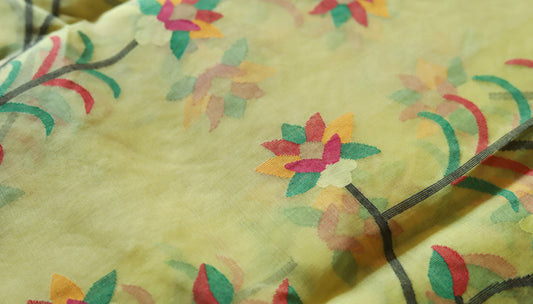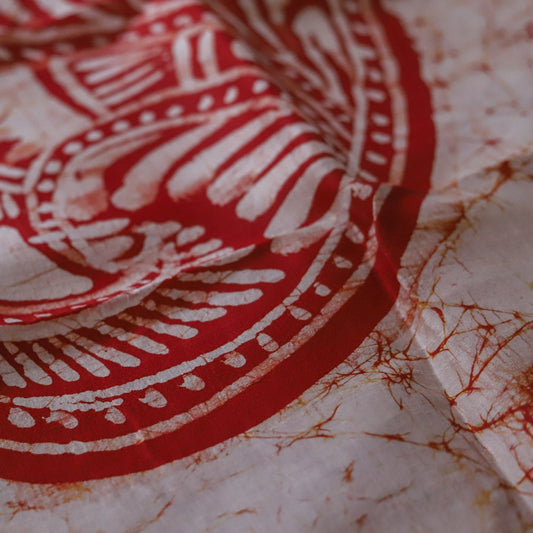
Terracotta

Terracotta is one of the first attempts of man at clay modelling which has been perfected with time at Bankura district in West Bengal.
The structure of ‘Bankura Horse’ symbolises a mark of devotion and valour. It stands on its four legs with the neck held high and the ears and the tail erect and straight. To acquire the valour of a horse, the ancient Hindu kings use to perform Aswamedh Yajna to acquire power and glory, the sovereignty over neighbouring provinces, and general prosperity of the kingdom.
Though the tradition started from Panchmura of Bankura, the Malla kings made the terracotta art of Bishnupur popular by building terracotta temples all over the place. The temples served a dual purpose for them by being a place of worship on one hand and that of shelter for warriors on the other. During the war ridden Middle Age, the kings fortified their kingdom in Bishnupur without making it obvious for the enemies.
The ubiquitous terracotta structures with their apparent subtle and artistic façade were rock solid inside. The kings brought the craftsmen from Panchmura for building these temples and that marked the beginning of Bishnupur terracotta tradition which eventually outshined the prosperity of the tradition of Panchmura.
Though the tradition started from Panchmura of Bankura, the Malla kings made the terracotta art of Bishnupur popular by building terracotta temples all over the place. The temples served a dual purpose for them by being a place of worship on one hand and that of shelter for warriors on the other. During the war ridden Middle Age, the kings fortified their kingdom in Bishnupur without making it obvious for the enemies.
The ubiquitous terracotta structures with their apparent subtle and artistic façade were rock solid inside. The kings brought the craftsmen from Panchmura for building these temples and that marked the beginning of Bishnupur terracotta tradition which eventually outshined the prosperity of the tradition of Panchmura.
Till day, the rural communities offer terracotta horse as a token of their devotion to the village deities.



